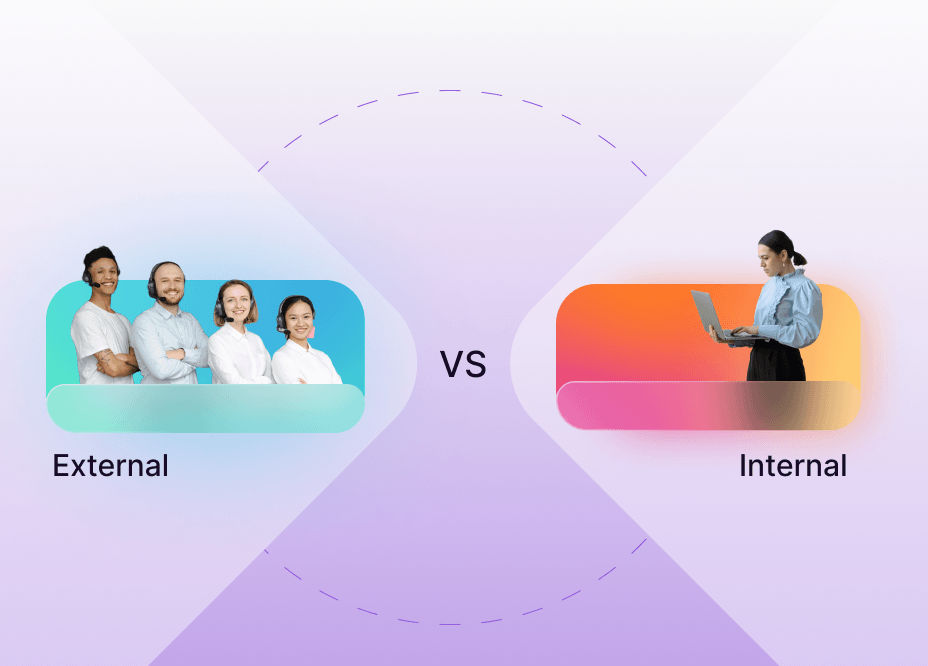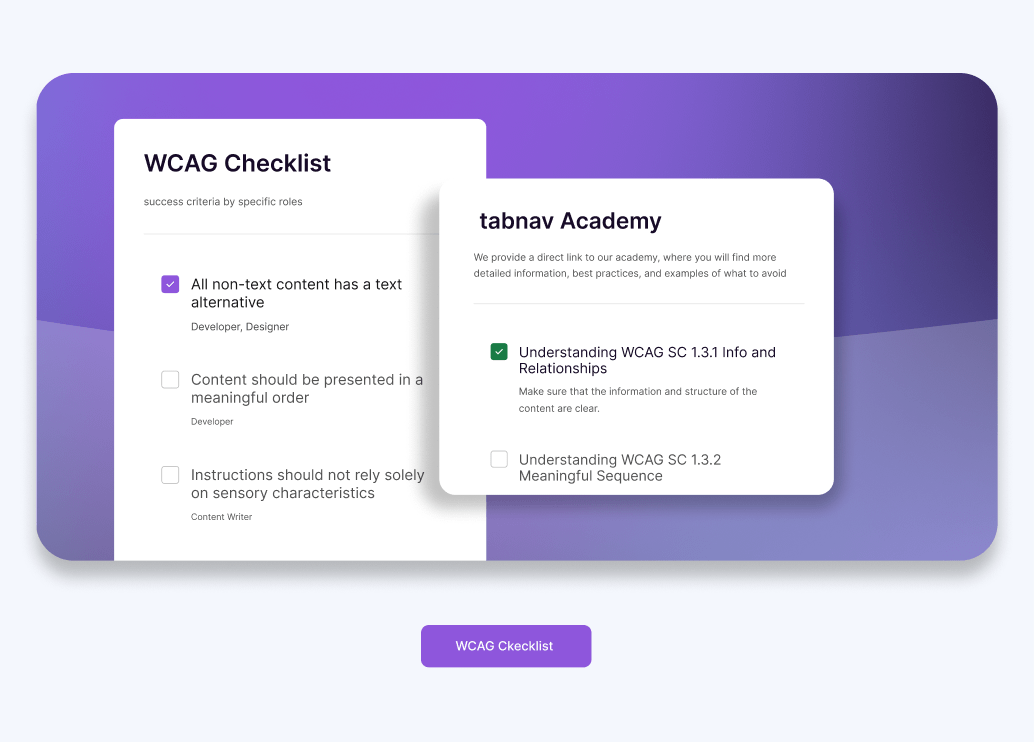Section 508 Compliance for Websites: What It Means and How to Get There

What Is Section 508 and Who Does It Apply To?
Section 508 is part of the U.S. Rehabilitation Act that requires federal agencies and organizations working with them to make their digital content accessible to everyone, including people with disabilities. It applies to federal websites, educational institutions, contractors, and any business that receives federal funding.
In short, if your organization provides information or digital services to the public or the government, your website and documents must meet Section 508 accessibility standards.
How Does Section 508 Relate to WCAG and ADA?
Section 508 aligns closely with the Web Content Accessibility Guidelines (WCAG). Meeting WCAG 2.2 Level AA is generally considered sufficient to satisfy Section 508 requirements. Both aim to make web content perceivable, operable, understandable, and robust for all users.
While the ADA focuses on public accessibility for businesses, Section 508 specifically governs federal agencies and their vendors. Following WCAG ensures compliance with both frameworks.
What Are the Key Requirements Under Section 508?
To comply with Section 508, digital content must be accessible across devices and assistive technologies. That means:
- Providing text alternatives for images and multimedia
- Ensuring strong color contrast and readable typography
- Allowing full keyboard navigation
- Using clear, consistent headings and labels
- Designing content that works with screen readers and voice tools
These steps align with WCAG 2.2 AA and form the foundation of any accessibility strategy.
Why Section 508 Compliance Matters for Digital Content
Section 508 compliance isn't just a legal requirement - it's a commitment to inclusion. Accessible websites improve user experience, boost engagement, and reduce the risk of lawsuits or government penalties.
By making your content accessible, you open your digital doors to millions of users who rely on assistive technologies and show your dedication to equal access for all.
How Can You Achieve Section 508 Compliance Step-by-Step?
Getting compliant starts with understanding your current accessibility gaps and fixing them effectively. Here's a simple path:
- Run an accessibility audit to identify non-compliant areas
- Remediate your website and documents based on WCAG 2.2 AA
- Test with assistive technologies like screen readers and keyboards
- Monitor regularly to maintain compliance as content evolves
Following these steps keeps your organization aligned with Section 508 and WCAG standards while creating a better experience for all users.
Section 508 Compliance Explained - Quick Video Guide (2 min)
Watch this 2-minute video to learn what Section 508 compliance means and how it ensures digital accessibility under the Rehabilitation Act.
How to Test for Section 508 Compliance
The best way to stay compliant is to test your website regularly for accessibility issues. Automated tools can help, but combining them with manual checks gives you a complete view of how real users experience your site.
To get started, use tabnav's Free Accessibility Checker to scan your pages instantly. It highlights WCAG and Section 508 issues, provides actionable insights, and helps you track improvements over time - all in one place.





Was this page helpful?